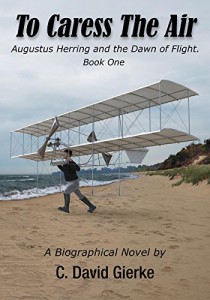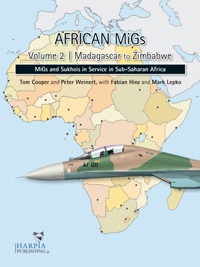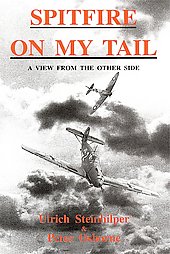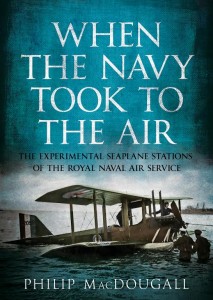The subtitle of this book(let) doesn’t do justice to the content: each thinkable form of aviation activity done by the Royal Navy from 1909 is mentioned. Thus also the use of ‘land’- planes and with some success, airships. What comes across very strong to me is that the Navy management, especially in the early beginning, informed themselves very well about what was developed around the world with chance at aviation success. And this concerned not only planes but also all kinds of equipment like for example radio hardware. Winston Churchill was than First Lord of the Admiralty!
Honour to those who deserve it, it was a board member of the Aero club of Great Britain who managed to convince the Navy to set up an Experimental Flying station on their ‘airport’ by Eastchurch (something like we have now in Hilversum), with borrowed planes from the Aero club! In short: the Navy went rather vigorous (sic!) at it from the beginning. But it were the American colleagues who managed the first start as well as landing of a plane on a ship! The British showed to be good pupils, which was with the fast increasing war treat also very crucial for them! About seaplanes: landing on water was a thing, taking off from it was a whole different story. For that suitable engines as well as the shape of the floating bodies needed to be ‘invented’ first!
I found the report of the developments till the beginning of the war the most interesting part of this book. After that, as with all technical developments, everything went in top gear till the truce in 1918. Shortly before WOII it started up again. The developments on German side during the war were of course closely watched. All German planes and at first also a lot of Zeppelins that ended up in the water, were with all possible means hauled out again for research. As mentioned before, as soon as the war starts the development of airplanes comes in an avalanche of facts, what makes the reading of it quite tiring, anyway for me.
The period 1909-1914 is nevertheless interesting as well as good readable. The picture material contains some of the remarkable developments, although it could have been a bit more to my opinion. But mr. Frank McClean, the board member of the Aero club who gave the starting shot for the RNAS, is – rightfully- in it.












Leave a Reply